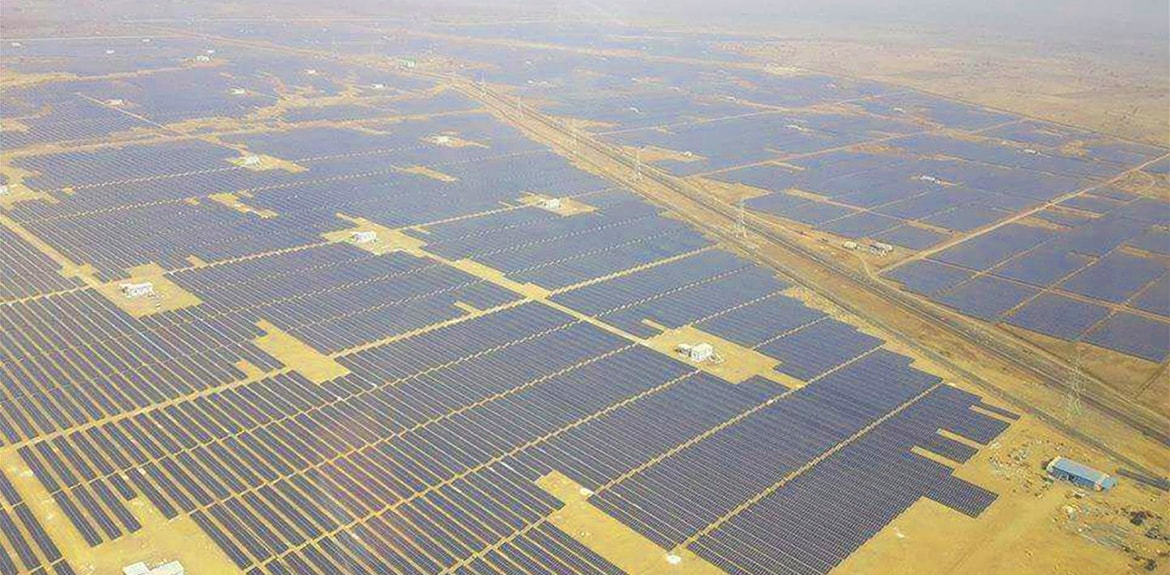The Indian state aims to install 18 GW of renewable energy capacity by 2021-22, which would comprise 10% of the country’s overall target.
In a circular dated January 3, 2019, the main policy objectives include developing solar parks with the necessary utility infrastructure facilities; promoting distributed generation; deploying solar-powered agricultural pump sets; and promoting local manufacturing facilities, which will generate employment in the state.
The Andhra Pradesh government has said it will initially develop 4 GW of large-scale solar parks, which will include manufacturing zones, and R&D and training centers.
It will also promote solar rooftop systems on public, domestic, and commercial and industrial buildings on either a gross or net metering basis, with consumers free to choose either option for the sale of power to discoms.
In the next five years, the state also plans to install 50,000 operational solar-powered pump sets, without any additional financial burden to farmers.
Meanwhile, to promote domestic manufacturing, the state has said it will, among other things, provide priority allotment of government-owned land on a long-term lease basis; exempt electricity duties for a period of 10 years; and extend energy banking facilities for any PV projects developed by manufacturers.
The 2018 policy supersedes the Andhra Pradesh Solar Power Policy 2015, which provided several fiscal incentives for the large-scale promotion of projects. It helped drive the cumulative installed capacity of solar power in the state to 2,515.78 MW.
In related news, providing further impetus to hybrid projects, the state has announced several initiatives, such as investor-friendly solar and wind power policies for new wind/solar hybrid projects and the hybridization of existing wind and solar plants.
“The main objective of the Policy is to provide a framework for promotion of large grid connected wind-solar PV systems for optimal and efficient utilization of transmission infrastructure and land, reducing the variability in renewable power generation and thus achieving better grid stability,” according to the latest wind/solar policy circular.
With around 300 sunny days a year, leading to a solar raditation of more than 5kWh/m²/day, and home to two of the best performing power distribution companies in India – APEPDCL and APSPDCL – Andhra Pradesh has also been selected by India’s Ministry of Power as one of the pilot states for implementation of the 24X7 – Power for All (PFA) scheme.
This content is protected by copyright and may not be reused. If you want to cooperate with us and would like to reuse some of our content, please contact: editors@pv-magazine.com.








1 comment
By submitting this form you agree to pv magazine using your data for the purposes of publishing your comment.
Your personal data will only be disclosed or otherwise transmitted to third parties for the purposes of spam filtering or if this is necessary for technical maintenance of the website. Any other transfer to third parties will not take place unless this is justified on the basis of applicable data protection regulations or if pv magazine is legally obliged to do so.
You may revoke this consent at any time with effect for the future, in which case your personal data will be deleted immediately. Otherwise, your data will be deleted if pv magazine has processed your request or the purpose of data storage is fulfilled.
Further information on data privacy can be found in our Data Protection Policy.